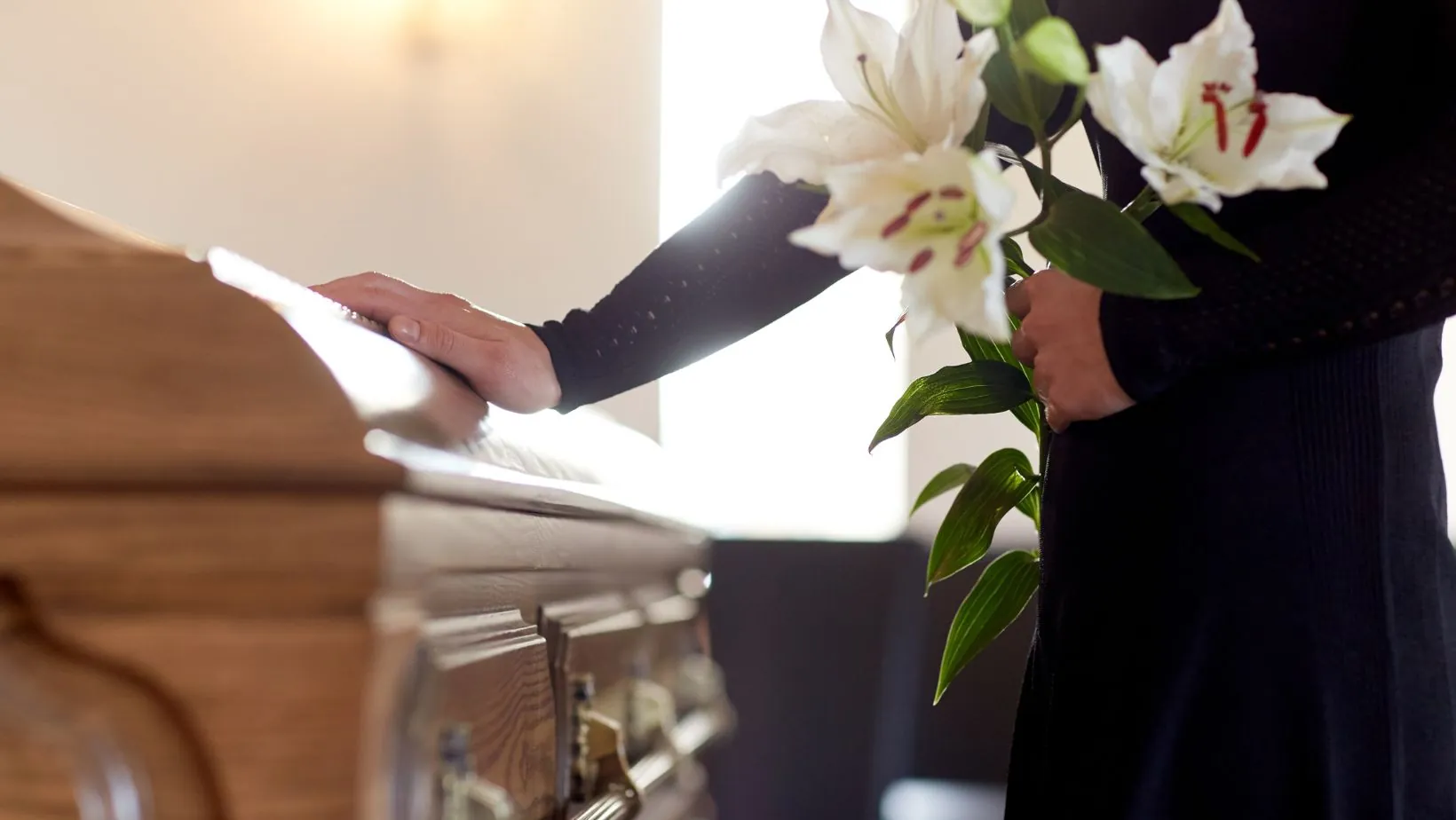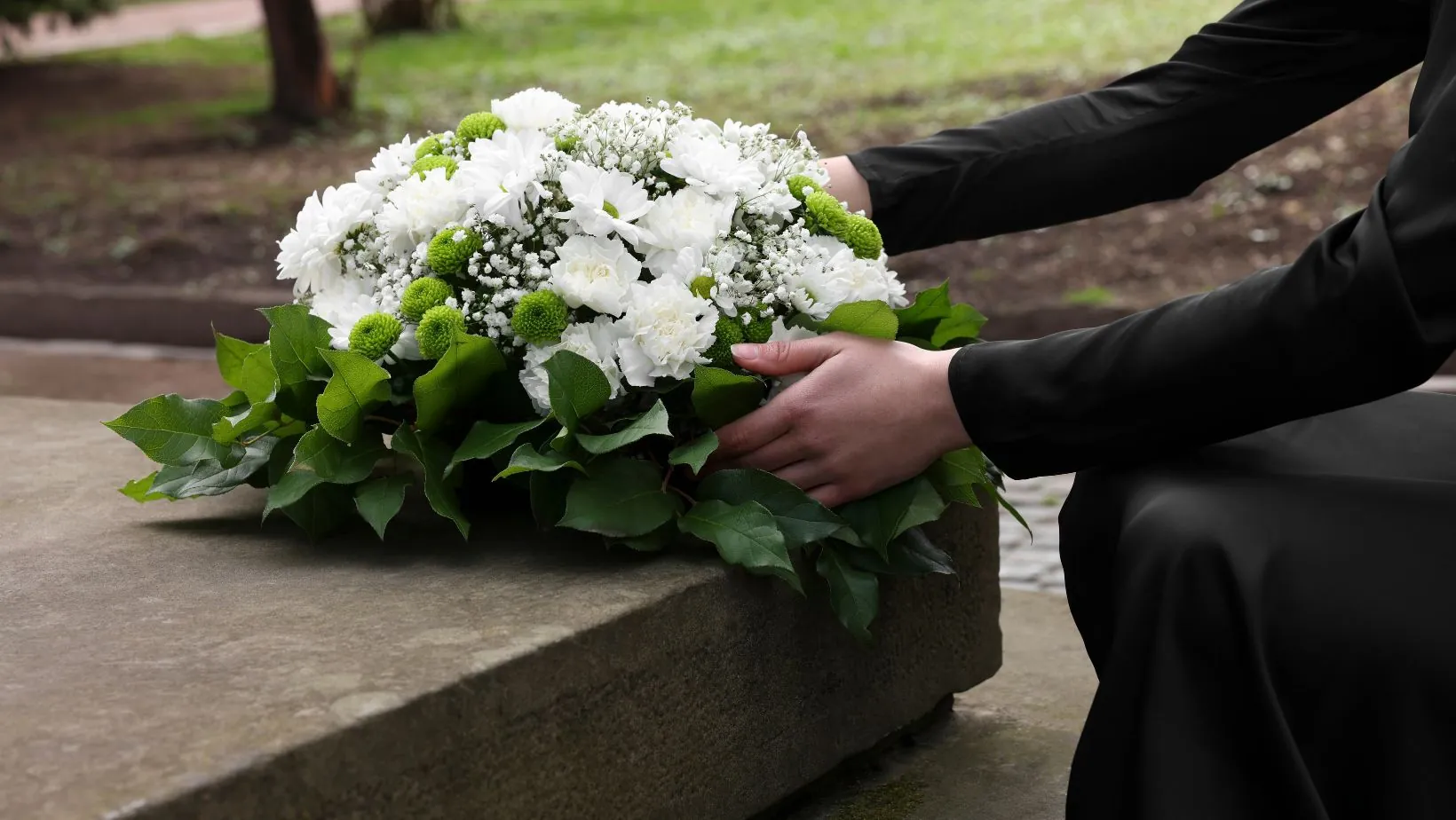In recent years, a unique trend has emerged in the world of funerals: the concept of a “living funeral.” Unlike traditional funerals, where the deceased is honored after they have passed away, a living funeral allows individuals to attend and experience their own memorial service while they are still alive.
This growing trend has sparked interest among many people who want to celebrate their life, connect with loved ones, and reflect on their accomplishments before it’s too late.
Understanding the Concept of a Living Funeral
A living funeral is essentially a celebration of life that takes place while an individual is still alive. It allows the person to hear and experience the tributes, reflections, and memories shared by their loved ones in real-time. The idea is to provide an opportunity for individuals to participate in their own send-off, rather than having it be something that takes place posthumously.
The concept is rooted in the desire to ensure that one’s life is celebrated, and that individuals can take part in their own farewell rather than having it be a somber event filled with grief. It’s a way for people to reflect on their life and legacy, while also providing a sense of closure to themselves and their loved ones. In a sense, it allows for a living tribute—a celebration that feels more personal and fulfilling.
Why Are Living Funerals Becoming More Popular?
Living funerals have become increasingly popular for several reasons. First, they offer individuals the chance to witness the impact they’ve had on the lives of others. Attendees often share heartfelt speeches, stories, and memories about the person being celebrated, and it can be an incredibly moving experience to hear how one has touched the lives of others. People are drawn to the idea of celebrating their life before it’s too late, and it can provide a sense of comfort and peace.
Another reason for the rise of living funerals is the growing trend of people seeking greater control over their end-of-life planning. Rather than leaving decisions about how they want to be remembered in the hands of loved ones or funeral directors, many individuals are taking the reins and curating their own send-off. This allows them to ensure that their memorial service reflects their values, personality, and wishes.
Moreover, living funerals offer a chance to mend relationships, express gratitude, or say goodbye while still being present. For those who have faced illness or those with a terminal diagnosis, a living funeral can serve as a way to come to terms with the end of life and find peace with the process. It offers a space for healing, connection, and emotional closure.
How to Plan a Living Funeral
Planning a living funeral is similar to planning a traditional memorial service, but with a few key differences. Funeral directors can assist with the logistics of organizing a living funeral, ensuring that all details are taken care of. Here are some steps to consider when planning one:
1. Consult with Funeral Directors
While a living funeral is a non-traditional event, it’s still helpful to work with experienced funeral directors to ensure that everything is managed smoothly. Funeral directors can help you navigate any legal or practical considerations, such as location, guest list, and ceremony elements.
2. Choose a Meaningful Venue
A living funeral can be held at a variety of locations, such as a family home, a private venue, or even an outdoor setting. It’s important to choose a space that feels meaningful and comfortable, where you and your loved ones can gather and reflect. This location should reflect the person’s life, whether that’s in a formal or informal setting.
3. Prepare a Program
Like a traditional funeral, a living funeral will likely include speeches, music, and readings. You may want to include close friends, family, or loved ones who can share stories and memories.

You can also prepare a personal message or speech for the occasion, reflecting on your life, values, and what matters most to you.
4. Personalize the Experience
This is your opportunity to create an event that reflects your personality and values. Whether it’s a formal ceremony or a more casual gathering, you can incorporate elements that matter to you—such as your favorite music, hobbies, or themes that represent your life’s journey.
5. Create a Memory Book or Keepsake
To make the event even more meaningful, consider creating a memory book or keepsake for attendees. This can include photos, anecdotes, or messages of gratitude, allowing guests to take home something that commemorates the day and the life that’s being celebrated.
The Benefits of a Living Funeral
There are numerous emotional benefits to attending your own living funeral. First, it provides a sense of closure and allows individuals to witness the love and appreciation of their family and friends. It can help reduce feelings of regret or guilt, offering a sense of peace. Additionally, living funerals foster an environment of open communication and healing, allowing individuals to say things they may not have said otherwise.
Living funerals are a unique and meaningful way to reflect on life and connect with loved ones. While not for everyone, this trend has gained popularity as more people seek to control their end-of-life plans and celebrate their lives while still alive. Whether through personal speeches, tributes, or sharing memories, a living funeral allows people to celebrate life in a way that is truly unforgettable.




